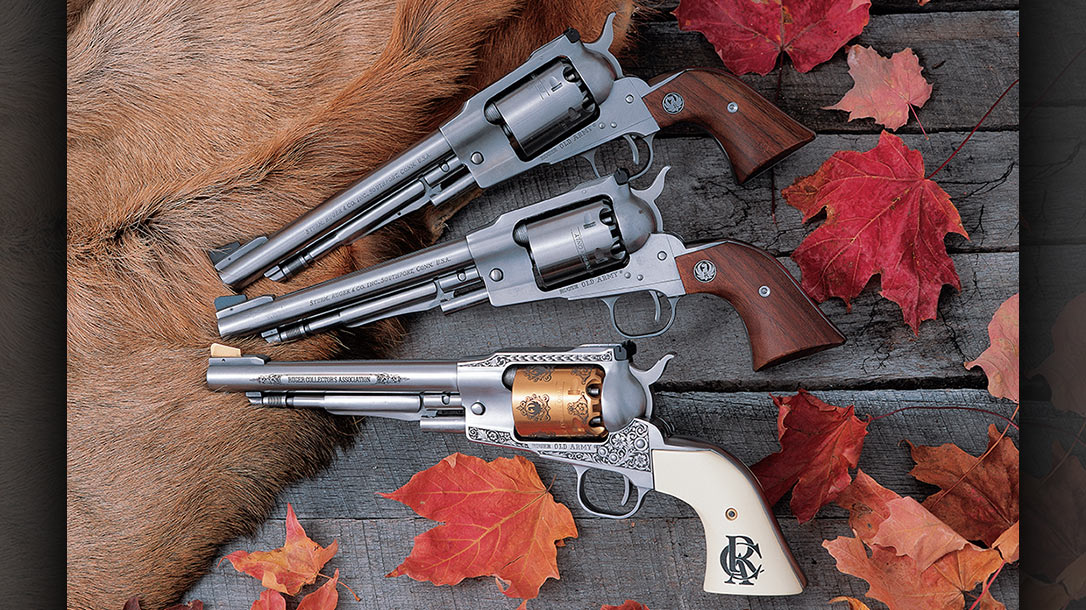Last year marked the 50th anniversary of the Ruger Old Army. And even though the gun was discontinued by Ruger in 2008, black powder enthusiasts still consider it the best 19th-century percussion revolver that was never made!
The Ruger Old Army .44
These hefty, six-shot, black powder wheelguns were produced for almost four decades. This is longer than any original Civil War-era percussion revolver. They enjoyed popularity among Cowboy Action Shooters using the later fixed-sight Old Army versions in frontiersman competition.
Likewise, over the years, the guns have proven almost indestructible, maintaining both value and unwavering availability on the secondary market.
Advertisement — Continue Reading Below
Their longevity can easily be attributed to Sturm, Ruger & Co. The company built them to a standard that no 19th-century arms-maker could have achieved, given the technology of the day.
This makes perfect sense because Bill Ruger, Sr. had the advantage of more than a century of manufacturing, engineering, and metallurgy advancements at his disposal when he proposed the Old Army as a new Ruger model back in the late 1960s.
Old Was New
As a firearms collector, Bill Sr. had always been interested in black powder guns.
Advertisement — Continue Reading Below
He had said years before the Old Army was introduced that “It would be nice to make a percussion revolver that was a really good shooter and as close to indestructible that could be made with all the usual features.”
He would do just that in 1972. That’s when Sturm, Ruger & Co. introduced the first American-made, production, black powder cap-and-ball revolver since the post-Civil War era.
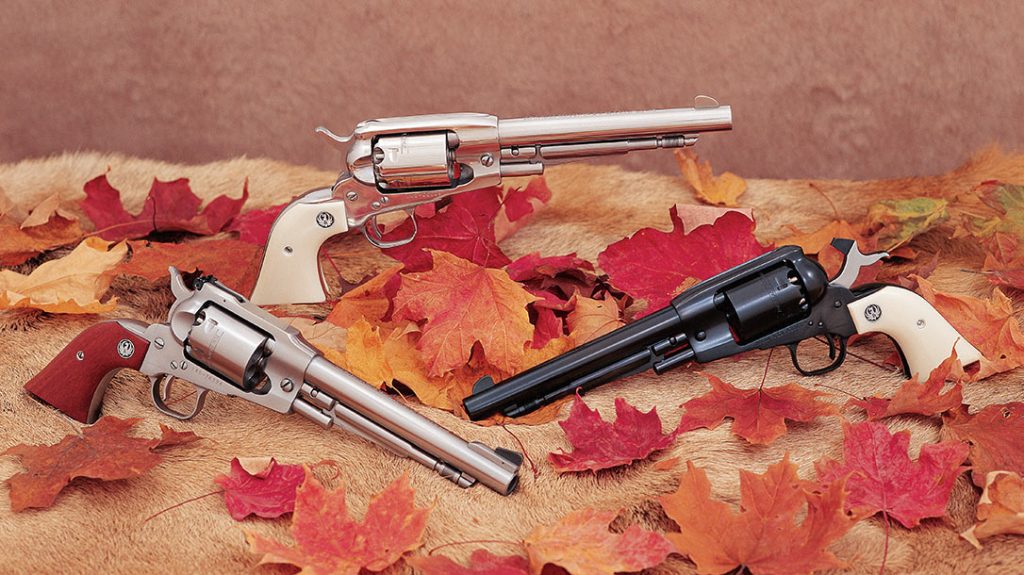
Advertisement — Continue Reading Below
Ironically, almost coinciding with the Ruger Old Army, Colt had reintroduced the 1851 Navy. This launched its 2nd Generation Blackpowder model line in 1971. However, the majority of parts for the new Colts were cast in Italy and only finished in the United States.
Conversely, the Ruger Old Army was 100 % American-made, something in which Bill Ruger, Sr. took great pride.
Backstory
Sturm, Ruger & Co. had been established in 1949 with the introduction of an innovative .22-caliber, semi-auto pistol. That pistol has become a hallmark of the Ruger brand. The .22-caliber Ruger Automatic was the foundation of William B. Ruger, Sr., and Alexander Sturm’s company.
Advertisement — Continue Reading Below
However, both Ruger had Sturm shared a deep fondness for the Old West. And the company’s groundbreaking little semi-auto was followed in 1953 by the .22-caliber Ruger Single Six.
Bill Ruger quickly stepped up his game two years later, adding the large-caliber Blackhawk model. It was a rugged Colt-style six-gun chambered in .357 Magnum/.38 Special and later in .41 and .44 Magnum (also .44 Special, .44 Russian, .45 Long Colt, .45 ACP, .30 Carbine and 9mm options).
The guns came with an adjustable rear sight and barrel lengths from 4.6 inches to 6.5, 7.5 and 10 inches. This was Ruger’s tip of the Stetson to the Buntline Special. These would be followed in the coming years by an improved version in a variety of calibers. Not to mention the ground-breaking introduction of the .44 Magnum Super Blackhawk revolver line in 1959.
Advertisement — Continue Reading Below
A Fascination with Old West Six-Shooters
In the 1996 book Ruger & His Guns, Bill Ruger explained his fascination with Old West six-shooters to author R.L. Wilson.
“I think the appeal of a single-action lies in its extreme simplicity, its appearance, its nice feel in the hand, and the fact that, generally speaking, it’s a great strong revolver capable of handling the heaviest cartridges.
“Double-actions are much more complex things…and double-actions seem to associate themselves with a more utilitarian world. In contrast, the single-action has always related itself to the Old West, to an outdoor tradition, and so on.
Advertisement — Continue Reading Below
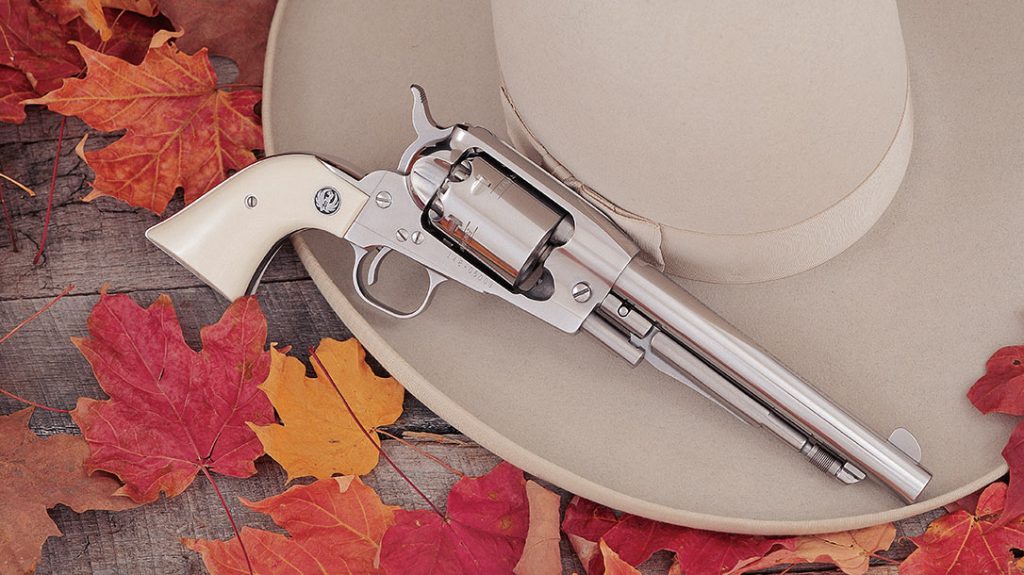
“Although the truth is, of course, that after the double-actions came in, particularly in the 1890s, a great many of them were used on hunting trips and by people living in the open.
“So, in reality, even that explanation of the single-action’s appeal isn’t completely understandable. It’s really a mystique, much like the dedication to classic cars and single-shot rifles, which exploded right after WWII.”
Advertisement — Continue Reading Below
Ruger was also quick to point out that unlike vintage motorcars from the pre-war era that are easily outperformed by more modern automobiles, “…these older types of firearms don’t necessarily concede anything in sheer performance when you compare them to the more modern types.”
And thus in 1972, with that understanding, Bill Ruger ventured further back into single-action revolver history with the Old Army. It’s a 19th-century-style black powder revolver that was inspired by two firearms in Ruger’s own gun collection—the Rogers & Spencer and Remington Army Model of 1863. Both of which were reflected in the timeless design of the Ruger Old Army.
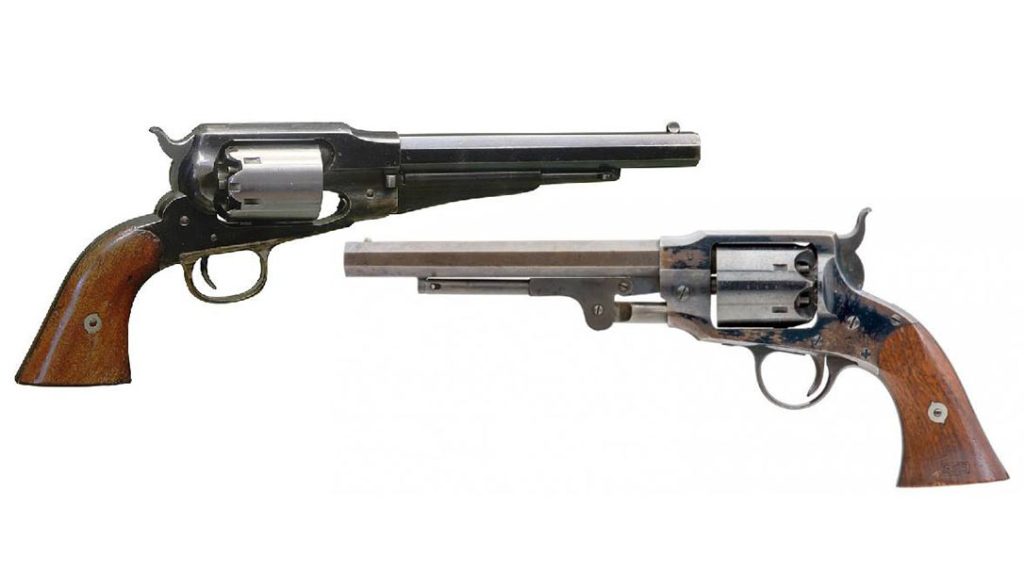
Advertisement — Continue Reading Below
Secret Sauce
Sturm, Ruger & Co. has been a technological innovator for almost 75 years, with the majority of the company’s early pistols, rifles, and later shotguns inspired by classic firearms designs from the past.
But only the designs have been old, not the technology to build them. As a young firearms designer working for Auto-Ordnance in the 1940s, Ruger learned the secrets of investment casting. Also known as the lost wax process, investment casting had been used since the time of the pharaohs. Specifically, it was used to create jewelry, sculptures, and tools.
The automotive industry used this to manufacture everything from an engine block or a door handle to a Rolls-Royce hood ornament. Of course, there’s quite a difference between an engine block and the inner workings of a pistol.
Enough so that it took Ruger more than a decade after he introduced his first pistol in 1949 to advance the casting technology to its present state. One that can allow even the most intricate pieces to be reproduced to exacting tolerances.
“Collectors have come to recognize this trait in Ruger pistols, rifles, and shotguns,” he told me back in 1997. “There is no Model B. Everything is a Rolls-Royce.”
The Old Army .44 was that, and more.
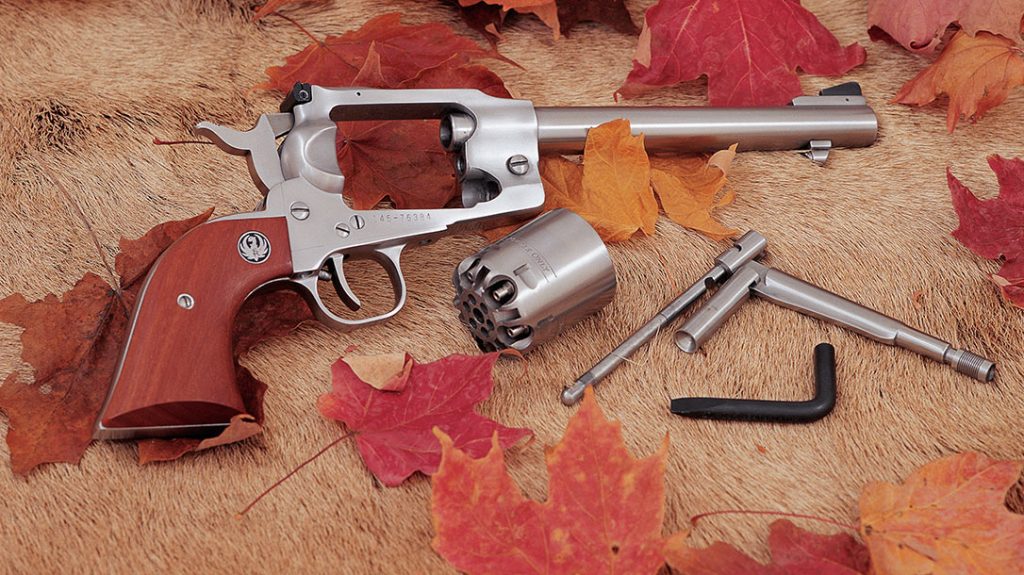
The Old Army Started with a Clean Sheet of Paper
In creating the .44 Old Army, Ruger started with a clean sheet of paper.
Design engineer Harry Sefried noted in Ruger & His Guns, “None of this stuff of no topstrap, like the Colt percussion revolvers, or simply duplicating an antique design. This sturdy revolver would be basically a Super Blackhawk in percussion, to utilize Blackhawk components as much as possible – grips, grip straps, etc.
“One of the details we wanted was no screws (since, for one thing, they always shot loose in percussion revolvers of the 19th century), except for attaching the grip frame and securing the hammer, trigger, and cylinder stop within the frame.
“I worked that linkage, using the rammer and base pin to secure the cylinder, a coil mainspring system, and a number of other innovations. The fired gun could be cleaned up easily, especially when we came out with a stainless steel version.
“We wanted a nice big hammer for positive ignition and we even investment cast the cylinder as well. In other words, we combined all the features for which investment castings were perfect, on a frame natural for the .44 caliber. We called the caliber .44, but it’s technically a .457, since we used our .45 caliber revolver barrels.”
A Trial by Fire
The gun was of incredible strength, as Bill Ruger had insisted it be. But the trial by fire, so to speak, proved just how strong the Old Army was. The test firing of the revolver was conducted at Sturm, Ruger & Co., using Bullseye smokeless powder. Sefried noted this was “definitely not recommended to the public!”
Even with the cylinder filled, the Old Army could not be blown up! (Again, not to be tried at home!)
Utilizing a heavy investment cast frame (similar in appearance to the 1858 Remington), the Old Army came with a 7.5-inch barrel, spring-locked loading lever, adjustable rear sight, and .125-inch wide, flattop Baughman-type ramp front sight (changed after serial number approximately 140-00800 to pointed profile) with a blue steel blade.
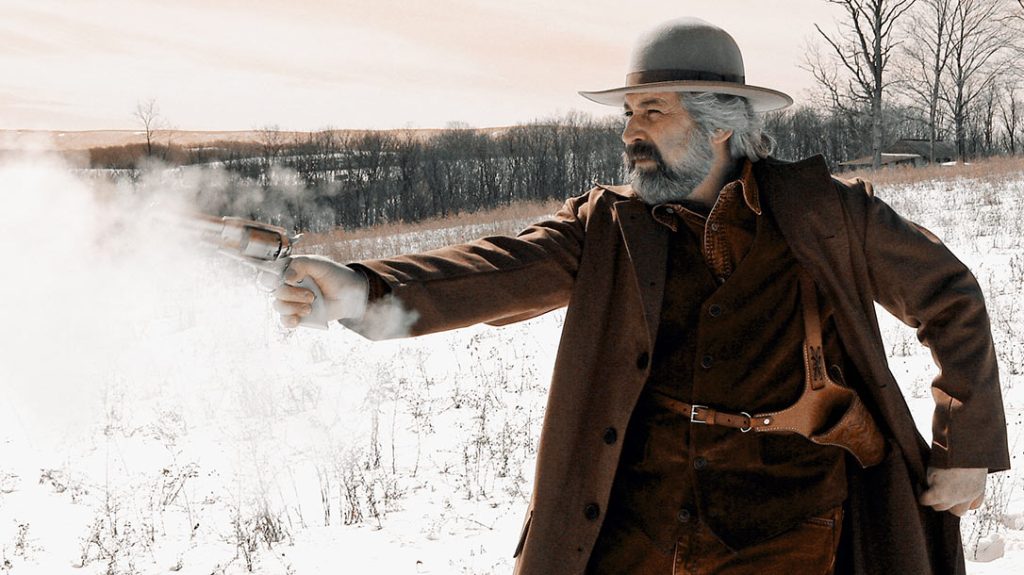
Borrowing another design from the 1858 Remington, the Ruger utilized a grooved hammer rest between each chamber. This ensured safe carry of the pistol. Considering the Old Army’s size of 13.5 inches and heavy construction (chrome-molybdenum steel or stainless steel), it was a surprising 2 pounds overall weight.
To give the guns a little more period authenticity, traditional fixed sights were also made available in 1994. This allowed the guns to be used in Cowboy Action Shooting. The Old Army quickly earned a reputation for quality and unmatched accuracy.
The author’s nickel Ruger Old Army has turned in 1.5-inch groups at 50 feet. Specifically, when loaded with a conservative 40 grains of black powder and a Speer .454 round ball.
The recommended maximum load, however, is equal to that of a Colt Walker, 60 grains of Goex FFFg black powder. With that load, the Old Army roars and kicks but gives up nothing in accuracy.
Marking History
I had the great pleasure of knowing William B. Ruger Sr. and Bill Ruger, Jr. for more than 20 years. I was honored to spend time at the Ruger’s homes in New Hampshire and Arizona. As well as long visits to the factories in Newport, New Hampshire, and Prescott, Arizona.
I spent that time writing about the company, its manufacturing processes, and both Bill Sr. and Bill Jr.’s extensive classic car and firearms collections.
Bill Sr. once explained to me that [in his opinion], “There is no one who can design a firearm without reference, without some connection to an earlier design. Just as engines, fuels, and aerodynamics help define what an automobile will look like, the dynamics of a bullet and how it works define a firearm.”
In 1998, I would contribute to that definition by working with Bill Ruger, Jr. in designing a special anniversary Old Army model to commemorate Ruger’s 50th anniversary in 1999. It was a simple design, with the original 7.5-inch barrel shortened to 5.5 inches. Additionally, “1949 – FIFTY YEARS – 1999” was engraved in gold on the left side of the barrel.
What really set the gun apart from other Old Army models of that time was the shortened barrel. The guns were intended to be a limited production run for Ruger’s anniversary year and sold through a specialty retailer. But at the last minute, the retailer backed out, and only a handful of the commemorative guns were built.
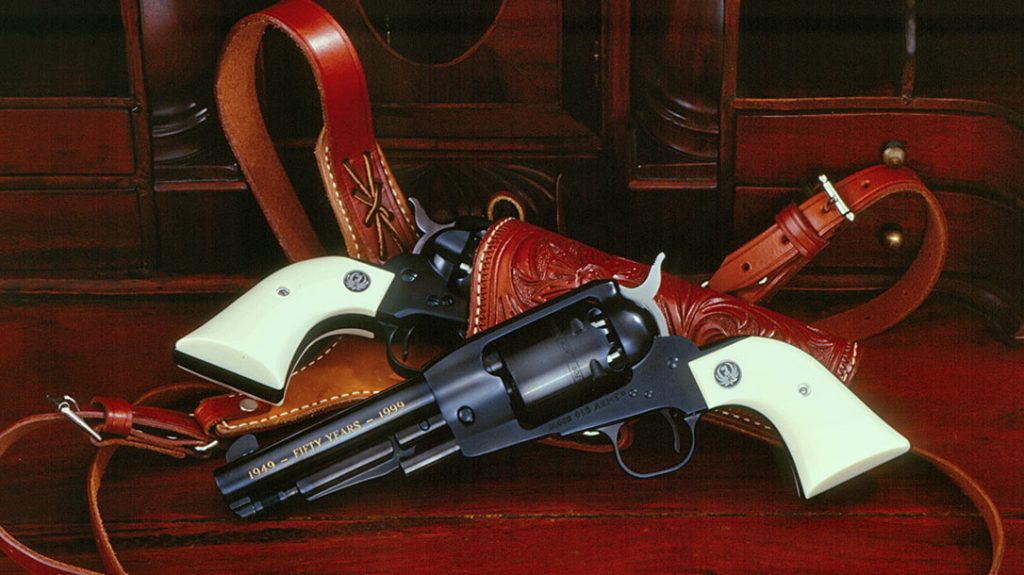
Adding a Permanent 5.5-Inch Barrel Old Army Version
Not able to let go of a good idea, I kept suggesting that the 5.5-inch would be a solid addition to the Old Army line. Not to mention, particularly popular with Cowboy Action shooters. And in 2003, the anniversary model’s unique 5.5-inch barrel version was added.
This marked the first and only major deviation from the original 1972 design, aside from the fixed sight models. The 5.5-inch became one of the most popular Old Army designs in the revolver’s history.
It appeared in both the original blued finish and as a high-polish stainless steel model. It also found a place in the hearts and holsters of Cowboy Action Shooters competing in the frontiersmen black powder class.
Old Army Lineage
Over a period of 36 years, Ruger made minor alterations to finishes, marking, and grips. But the original Old Army design by Bill Ruger, Sr., never changed. Major variations to the Old Army included a change in markings beginning with serial number range 140-34882 and 145-08142 in 1978 and continuing to 2008.
In later years, a safety warning about proper handling was engraved into the barrel tops:
“Before using gun-read warnings in instruction manual available free–from Sturm, Ruger & Co., Inc. Southport, Conn. U.S.A.”
The cylinders were also marked twice around the periphery within a border motif: “Black Powder Only.”
The first series of revolvers were all blued and ran from serial number 140-00000 to -46841 (through 1981). Serial numbers intermix with stainless steel revolvers from 1982 (with prefix 145-). The stainless versions were serial numbered 1 to 7790, 145-00000 to -6831 (through 1993; intermixed with blued from 1982.).
The individual Ruger Old Army versions were listed by a BP (black powder) prefix and numerical designation for specific features:
BP-7: Blued steel, anodized aluminum grip frame built up through approximately serial number range 140-07700.
BP-7B: Brass grip frame, wide trigger. Approximately 1200 blued revolvers were built in this variation, serial number range 140-00000 to -04750.
BP-7F: Blued steel with fixed sights (also available with white Micarta grips, BPI-7F).
A new prefix K was added to indicate stainless steel models:
KBP-7: Stainless steel model. With adjustable sights.
KBP-7B: With brass grip frame.
KBP-7F: Stainless steel with fixed sights.
Last came GKBPI-7F: Nickel finish with white Micarta grips.
Special Issue Revolvers
There were also Special Issue Revolvers for the National Muzzle Loading Rifle Association: Serial range 140-14000 to -14100. Identified by the N.M.L.R.A. logo on the grip panel.
More significantly were multiple series of guns built specifically for the Ruger Collectors Association (now the most collectible). They began in the serial range 1500 to 1599 and marked “RCA”on the topstrap with a star motif preceding the serial number.
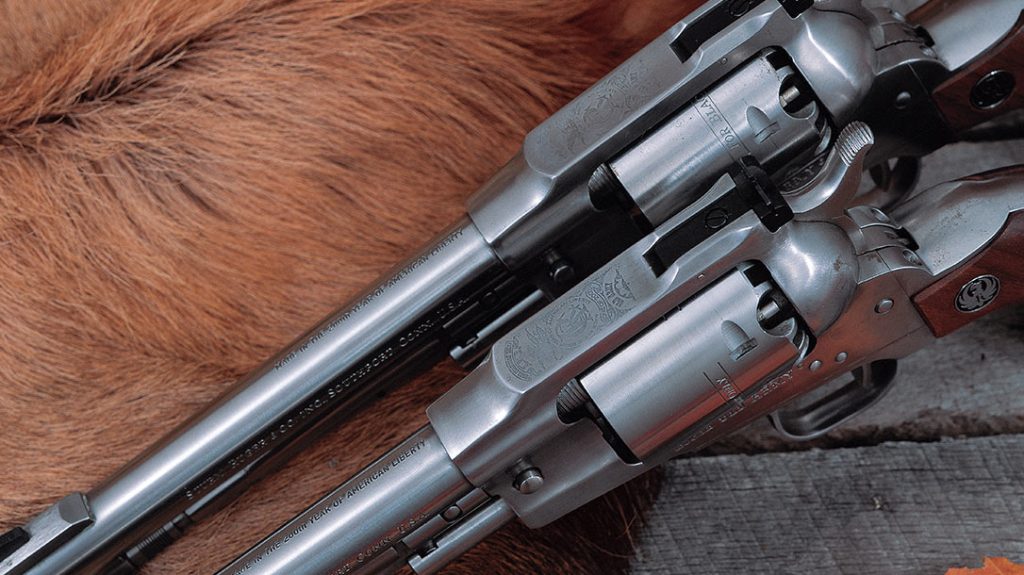
The Ruger Collectors Association Second series was serial range 145-01401 through -01600, for a total of 201 examples. These bore an engraved RCA logo and intertwined RCA monogram on the topstrap. Likewise, an eagle was marked before the serial number on the grip frame butt and on the right grip panels. (A few variations have been observed, including “U.S.” markings).
The last 201 examples of the 1976 Old Army model had barrels with Liberty marking and “MADE IN THE 200th YEAR OF AMERICAN LIBERTY.”
25th Anniversary
The Ruger Collectors Association issued a third series in 1997 to commemorate the 25th anniversary of the Ruger Old Army. This was limited to 2,000 pistols, serial numbers 1 to 2,000. They featured a floral engraved frame and top strap that also bore the RCA logo.
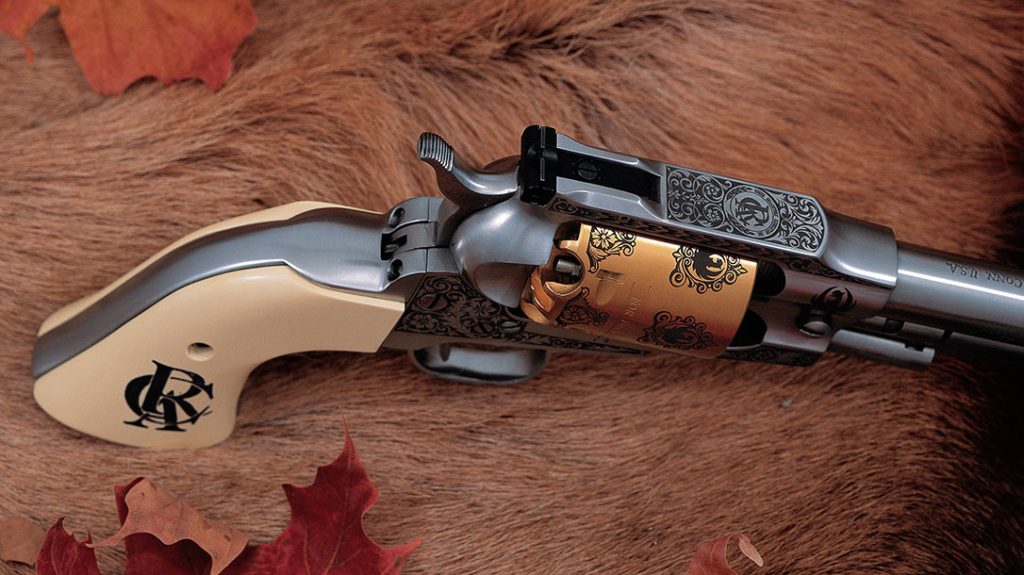
“Ruger Collectors Association” bordered with scrollwork, runs along both sides of the barrel. The 24-karat gold-plated cylinder with engraved Ruger emblem and scrollwork matches the 24-karat gold-plated front sight while contrasting with the white Micarta grips with the RCA logo. This was the most elaborate model in the Ruger Collectors Association series.
A total of eight special revolvers were embellished with etching, arranged by James M. Triggs. The most elaborate Old Army produced has a finely engraved stainless steel finish with 80% coverage in vine scroll motif. Done by master engraver Paul Lantuch it has a serial number of 145-48484.
In the late 1990s and into the 21st century, Ruger continued to improve and expand its single-action line. This culminated in the current Vaquero and Vaquero Bisley models and boldly stepped into the shadow that had been cast by Colt for more than 170 years as America’s premier manufacturer of single-action revolvers.
The End is Nigh
Colt led the way in 1971 with the reintroduction of the 1851 Navy. As well as its line of historic black powder models. In 2002, Colt Blackpowder Arms, which was manufacturing the third generation “Signature Series” of historic Colt percussion models, chose to close the books on that history (evolving into the Henry Repeating Arms Co.).
This left the Ruger Old Army as the only black powder model of its kind built in America. Six years later, when the end of the line finally came at Ruger, the Old Army went quietly away. It disappeared from catalogs and advertising without ceremony. And very much like the guns that had inspired it, the Old Army faded into history. Gone but not forgotten!
Epitaph
What led Ruger to discontinue the Old Army? Sales were a contributing factor compounded by the necessity to make the most profitable use of manufacturing equipment for newer, more popular handguns entering the Ruger line by the early 2000s.
But there was another possible influence—history itself. The Old Army was evolving just like its historic predecessors at Colt and Remington in the 1870s. And aftermarket gunmakers were beginning to modify the Old Army percussion pistols by converting them to fire metallic cartridges.
Both Walt Kirst, who had developed a drop-in cylinder with a single floating firing pin for the Remington Army and other reproductions in the late 1990s, and Kenny Howell, who had adapted a retro-style, two-piece conversion cylinder using six floating firing pins, had finally introduced designs to fit the Ruger Old Army.
This raised questions about liability for Sturm, Ruger, & Co., and perhaps hastened the last days of the Old Army.
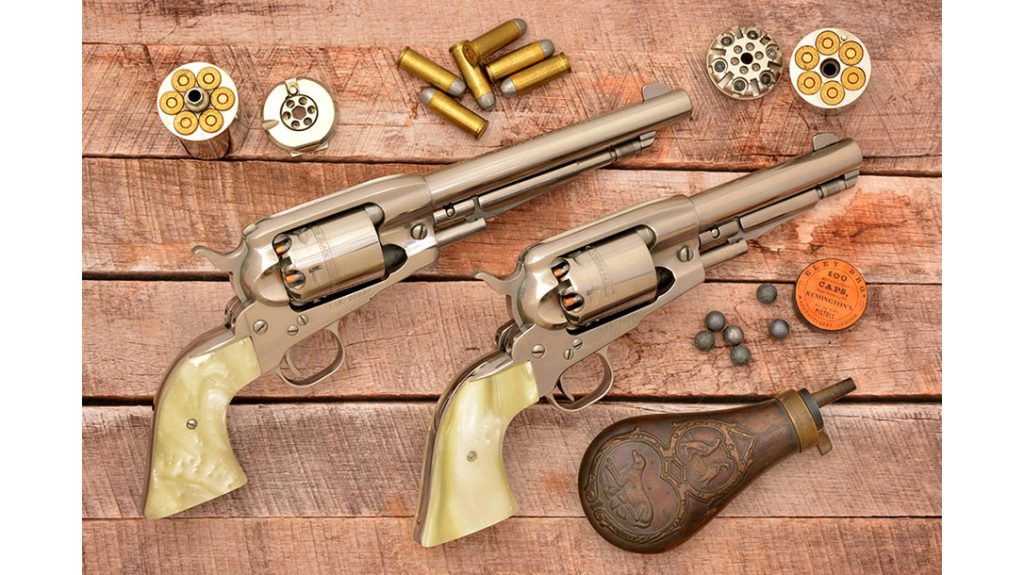
This article was originally published in the Guns of the Old West Spring 2023 issue. Subscription is available in print and digital editions at OutdoorGroupStore.com. Or call 1-800-284-5668, or email subscriptions@athlonmediagroup.com.
